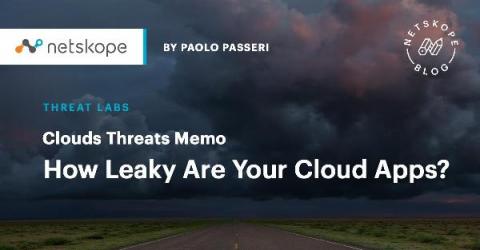A plea to small businesses: Improve your security maturity
Never have I been so compelled to help educate small businesses on the need for cybersecurity. On Saturday morning, March 6, 2021, I awoke to the Wall Street Journal article describing the Hafnium attack. This attack on Microsoft Exchange Servers was shared publicly on March 2nd with a patch for the issue released on Wednesday, March 3rd. This patch appeared to spark action from the hacker who ramped up and automated their attack for maximum scale.











